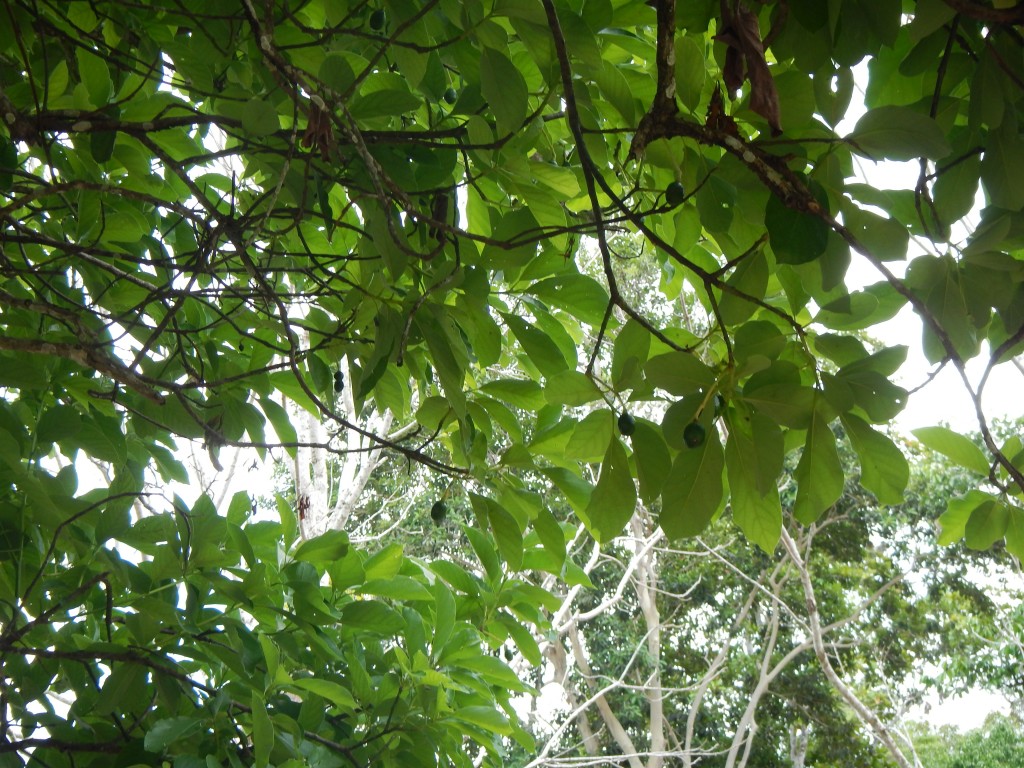Today we left San Ignacio and made our way to Las Cuevas Research Station, visiting Caracol on our way. As we were driving to Caracol, we saw a coati and a great black hawk along the road. The roads were pretty bumpy, but the drive was really pretty. As we started our drive we saw Cecropia trees and also saw some gumbo-limbos. The gumbo-limbos are also called ‘tourist trees’ because they are red and flaky, like sunburnt skin. So far none of us have begun to look like the tourist trees, which is good. Hopefully it’ll stay that way.

On our way to Caracol we drove through Mountain Pine Ridge, an area that was different from other places we’ve seen because of the large number of pine trees. The region was more open and seemed drier, with more grasses and fewer vines.
Once we arrived in Caracol, we walked around the archaeological site to observe the ruins and the flora and fauna of the area. The site is absolutely amazing, with towering pyramids and dense forests. It’s amazing to think that more than a million people used to live in the region, when closer to 250,000 live in all of Belize today. At Caracol the guide pointed out a number of trees, including breadnuts, allspice, and avocado. There also were a lot of Chamedorea plants around Caracol. Chamedorea is sold as an ornamental leaf. The large security presence at Caracol was in part to protect the Chamedorea leaves from poachers.


Tomorrow we venture into the forest around Las Cuevas. I’m looking forward to the start of our field work!

